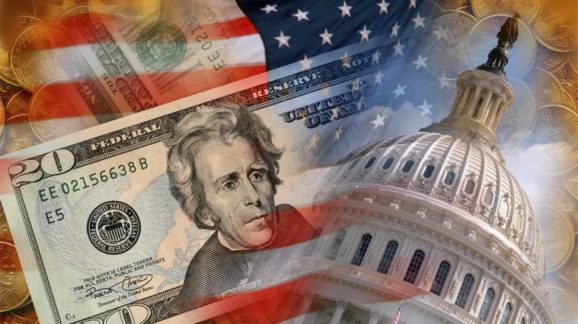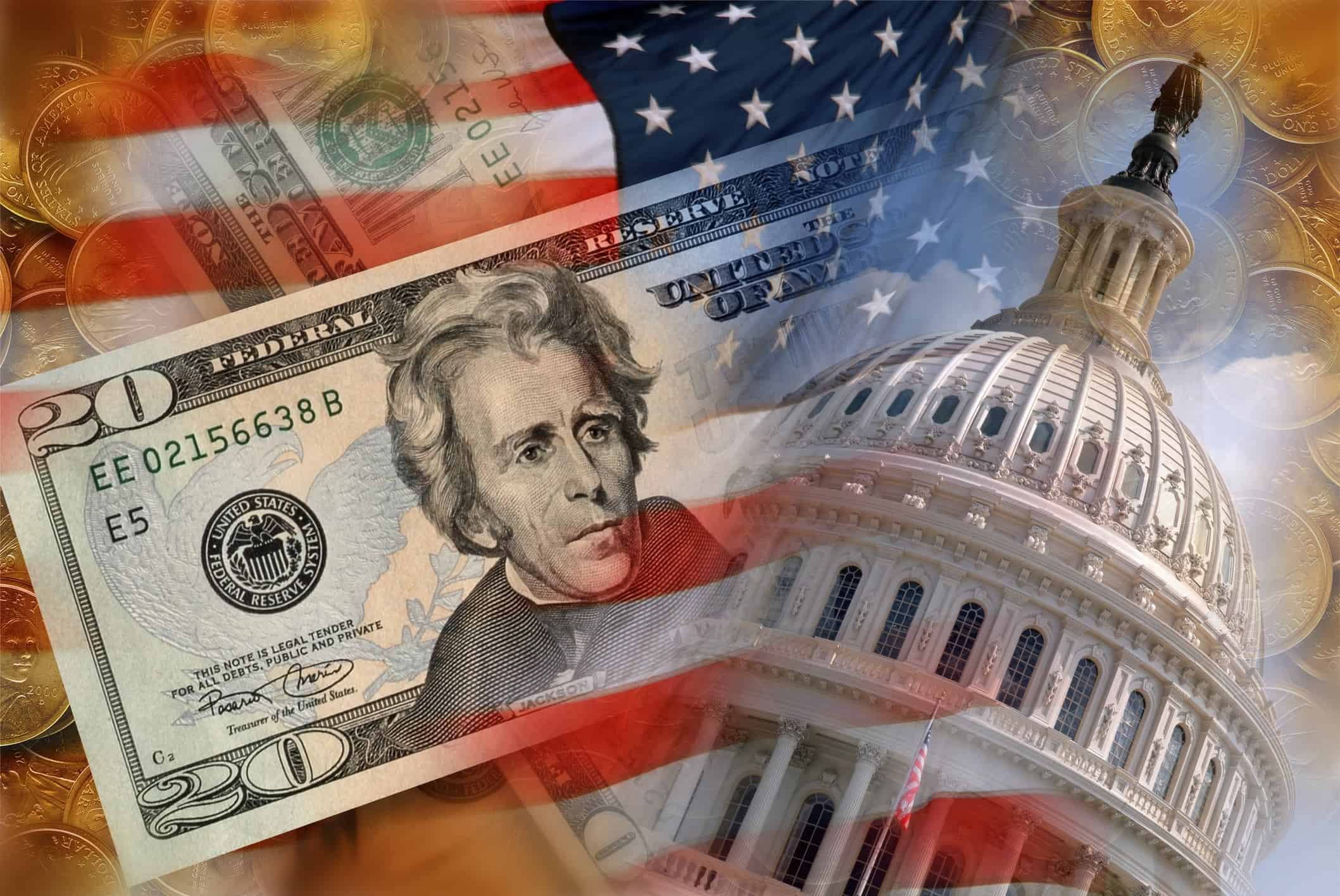Rewards and Risks of a Federal Regulatory Budget (Part 1)

 Our case for capping and “budgeting” regulatory costs across federal agencies opens by asserting that that, perhaps apart from certain raw compliance and paperwork burdens, tabulating the subjective and indirect costs of regulations experienced at the individual level and economy-wide is impossible. As Nobel laureate economist James M. Buchanan counseled, there are no “objectively identifiable magnitudes” available to the third‑party regulator: “Cost cannot be measured by someone other than the decision-maker because there is no way that subjective experience can be directly observed.”
Our case for capping and “budgeting” regulatory costs across federal agencies opens by asserting that that, perhaps apart from certain raw compliance and paperwork burdens, tabulating the subjective and indirect costs of regulations experienced at the individual level and economy-wide is impossible. As Nobel laureate economist James M. Buchanan counseled, there are no “objectively identifiable magnitudes” available to the third‑party regulator: “Cost cannot be measured by someone other than the decision-maker because there is no way that subjective experience can be directly observed.”
Still, let’s acknowledge what we have. Recent verdicts include: a few tens of billions annually for a non-representative few dozen rules that the federal government reluctantly acknowledges impose costs; a $2.028 trillion estimate from the National Association of Manufacturers; this author’s own $1.9 trillion placeholder; and a study concluding the economy weighs some $4 trillion less annually than it otherwise would had regulatory burdens remained constant since 1980.
The inherent “invalidity of regulatory cost estimates” may be fatal to budgeting precision, but not to the need to try, and not to the need for formal disclosures that keep burdens on the front burner of policymaking. The very intractability of regulatory costs underscores the urgency of Congress answering for all regulatory actions that bureaucracies impose, both the measurable and the non-measurable, and of employing measures to force hidden costs to the surface and assess their gravity relative to all other agencies similarly engaged in lawmaking.
The federal government will soon surpass $4 trillion in annual spending, aggravating a mounting national debt seemingly destined to transcend the unserviceable. Despite these unfortunate milestones, the U.S. House of Representatives’ fiscal year 2017 budgeting process did showcase certain new controls over the Washington behemoth.
On the fiscal side, the 114th Congress in January adopted a dynamic scoring rule for major legislation, which would allow tax cuts to favorably affect official reckoning on federal revenues by taking into account macroeconomic variables.
On the regulatory side, the Fiscal Year 2017 Budget Resolution contained a lengthy “Policy Statement on Federal Regulatory Budgeting and Reform” Presidents have issued fiscal budget requests tangentially addressing regulatory issues or even explicitly encouraging a regulatory budget (See “Moving Toward a Regulatory Budget” in U.S. Office of Management and Budget, 1992. Pp. 398-402.), but this was a distinctive congressional marking of territory in the context of overall budgetary planning.
The confluence of dynamic scoring and the rediscovery of the concept of regulatory budgeting may not be coincidental, but inevitable given the times. Public discussion over federal regulation’s effects on employment, output, GDP—and the federal budget’s own bottom line—will become unavoidable as uncharacteristically low interest rates return to historical norms. In a July 2015 Joint Economic Committee hearing on dynamic scoring, former Sen. Phil Gramm (R-TX) remarked that "[D]ynamic scoring is not just about taxes. It is about spending. It is about policy. It is about regulation (emphasis added)." As mounting interest on the debt overwhelms yearly spending, discretionary spending cuts or even balancing the annual budget (something obviously not in the cards) wither as tools. When economic liberalization remains the only option to spur economic growth and employment, expect a long-absent bipartisan concern for matters like “regulatory accumulation” and interest in regulatory liberalization to return. This seems to happen once every generation or so when certain political stars align.
(On this political star alignment, see for example Roger E. Meiners and Bruce Yandle, editors, Regulation and the Reagan Era: Politics, Bureaucracy and the Public Interest, Homes & Meier: New York. 1989; and see Chapter 3, “Why the Regulators Choose to Deregulate” and Chapter 4, “The Strength of Reform Forces In Congress,” in Martha Derthick and Paul J. Quirk, The Politics of Deregulation, Brookings Institution: Washington, D.C. 1985; and James C. Miller III, The Economist As Reformer: Revamping the FTC, 1981-1985. American Enterprise Institute: Washington. D.C.. 1989.)
A regulatory budget would make government’s presence more explicit by capping what agencies individually and collectively compel the private sector to spend on regulatory compliance while minimizing indirect losses from intervention. The concept is both bipartisan and not new; for example former Sen. Lloyd Bentsen (D-TX) proposed an “annual regulatory budget” in 1979 (Congressional Record, Vol. 125, March 5, 1979, p. S 2024) Recent legislative offerings include Sen. Marco Rubio’s (R-FL) “National Regulatory Budget,” and Sen. Mike Lee’s (R-UT) May 2016 “Article I Regulatory Budget Act.”
One perspective from which to appreciate informational and limitation functions of a budget is that, even if government collected only a negligible percentage of Americans’ incomes in taxes, we would still keep track of taxation to prevent its abuse. The same applies to compliance costs imposed on the private sector as well as direct, indirect, and deadweight costs of intervention, which are far from negligible.
A regulatory budget poses some risks, however, and a poorly executed one would be worse than leaving things alone. The Heritage Foundation’s James Gattuso is rightly concerned about any budgeting effort set on “autopilot” paired with slippery calculations; he observes that “Members certainly don’t abide by the fiscal budget now. And it is hard to imagine lawmakers declining to authorize a new rule that regulators say would save lives at little cost, based only on—ultimately artificial—budget allocations.” A regulatory budget is best suited to a limited‑government, constitutional republic, to a regime rooted in congressional accountability and constitutional protections of persons and property rather than on administrative regulations tightly managing economic affairs, health, and safety without supervision. But the unfortunate reality that the United States of America could not “keep the republic,” as Benjamin Franklin purportedly suspected we could not, is not entirely fatal to the idea of regulatory budgeting as a liberating device.
Cautious experiments within a broader rubric of total congressional accountability for both agencies’ regulations and informal “guidance” should commence, but there are pitfalls to avoid. I’ll explore five of them in upcoming posts.